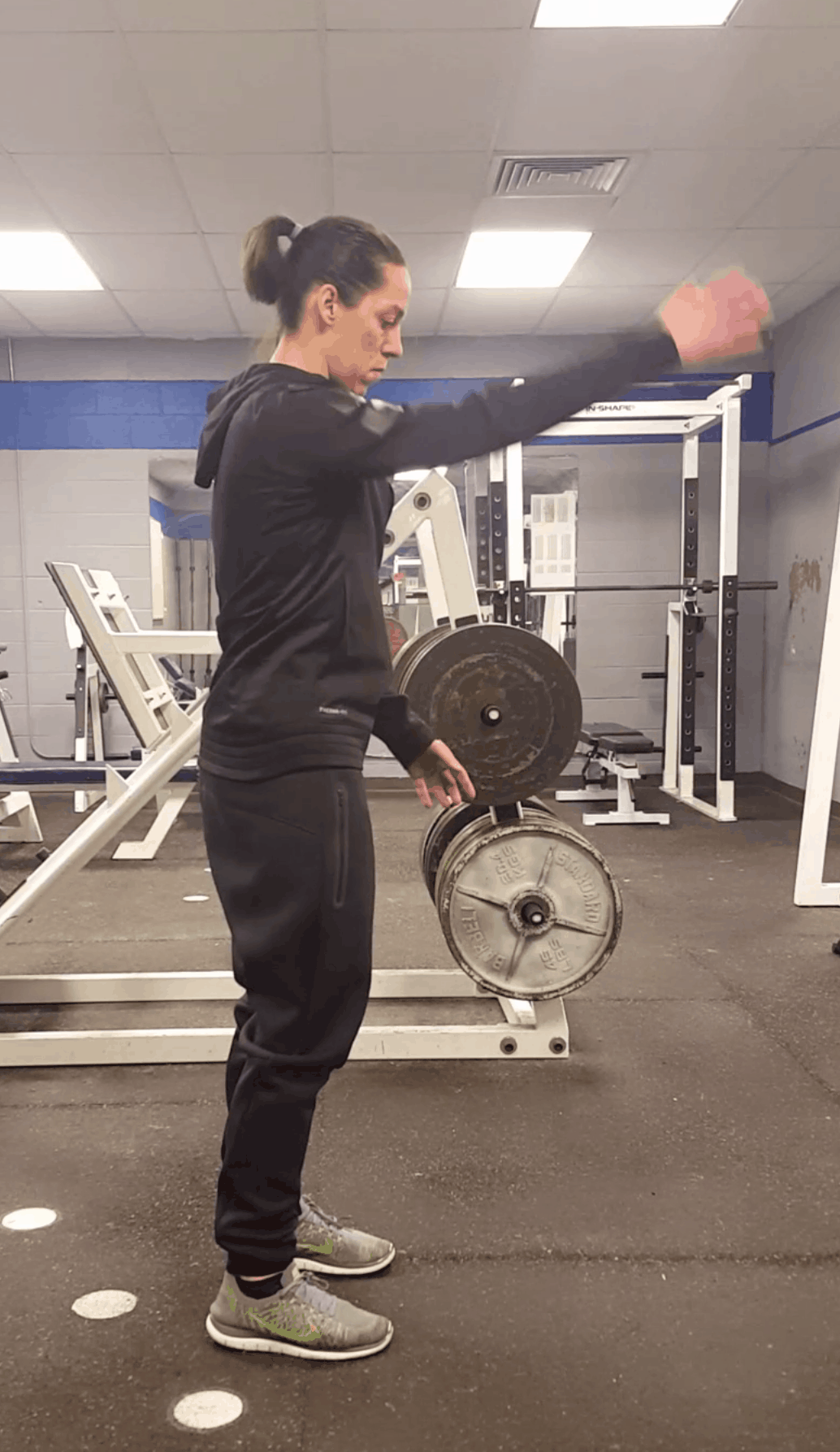
Dynamic Movement as An Extension of Control
Body control is all the rage. A popular want is increasing active range of motion. People want to get there so they can do stuff there. Functional Range Conditioning uses slow, controlled movement to examine individual joints, build capacity in areas of weakness, and reincorporate them into larger, more able movement patterns. The system works so well that people can happily linger within it as their primary form of practice.
Taken in the context of a larger goal, strength fits very nicely into mobility work. It undoes all the excessive tightness lifting load and adding volume compounds. Within the system, you can add resistance neurologically by performing CARs ‘through thick fluid’. PAILs and RAILs expand useable end range. Lift Offs and Passive Holds build strength in those newly acquired ranges. Kinstretch combines everything into a full, exhausting workout. The process, like many aspects of strength training, is deliberate and unhurried, full tension and controlled.
Isolating, then progressively loading joints into integrated patterns, prepares the body for a broader context of movements:
Training protocols that agree in the way they are performed feed into and reaffirm one another. Range of motion that is attained through slow, controlled tension results in greater strength produced by slow, controlled tension. Could a truer analysis of effectiveness be found by pairing two opposing practices? Speed, by nature fast, less composed, and more elastic, may be an even more telling test of resilience.
Capacity can be measured by control, but it can also be measured by adaptability. Dynamic work pushes the boundaries of known competency. It challenges confident joints developed through static work to perform familiar tasks in an unfamiliar manner. The ability to perform fast what you can perform slow is an extension of control.
Joints react to muscular work when used dynamically. They are asked to move through an elastic chain of command, instinctively over intentionally. It simulates a realistic stressor. Less time and more momentum assesses how the tissues can be used in a more dynamic capacity. The goal would be to match the range of motion found/ gained under slower, more cautious and calculated conditions.
The most reasonable place to start this inquiry is the prescribed entry point to the system, Controlled Articular Rotations.
The following are examples of how to integrate dynamic work into glenohumeral and knee CARs:
It may go without saying, but I’d only attempt ‘Speed CARs’ on CARs that you have solid experience with, are pain-free, and have adequate range of motion. If any range of motion is lost between the two or pain appears, you know the joint isn’t as prepared as you hoped it to be.
From here you can branch out into novel movements, minimizing load to account for greater velocity. The more foreign a movement is, the more it can teach you about deficits in coordination and motor control:
A problem arose. Dynamics help us tease out undiscovered weaknesses AND offer up another form of problem solving. In the example above, I assumed a scapula unable to retract in a dynamic manner led to comparative dysfunction in my left side. Accordingly, I set out to purposefully bridge static control with some plyometrics:
Speed is the one kept constant throughout the Functional Range Conditioning System. Slow is analogous with control but perhaps this binding tie is also limiting. Movement skills are essentially an application of movement confidence. Without dynamic practice and success, can we really believe we are prepared to #DoAnything?



